Exploring False Belief Understanding in 15-Month-Old Infants: A Report
VerifiedAdded on 2023/06/16
|22
|1127
|364
Report
AI Summary
This report examines research on whether 15-month-old infants understand false beliefs, a topic debated due to conflicting results from verbal and non-verbal studies. The study included approximately 50 infants who observed an actor interacting with a toy and two boxes. The toy's location was changed without the actor's knowledge, and the infants' gaze was tracked to determine their expectations about where the actor would search for the toy. The results suggested that infants do possess a rudimentary understanding of false beliefs, aligning with the hypothesis that children act based on their interpretation of others' behavior. While the study acknowledges limitations in fully understanding the infants' perceptions and actions, it proposes future research directions, such as investigating cognitive abilities in autistic children who struggle with verbal false belief tasks. The presentation is explained with sufficient examples to understand the child psychology. Desklib provides similar solved assignments for students.
1 out of 22
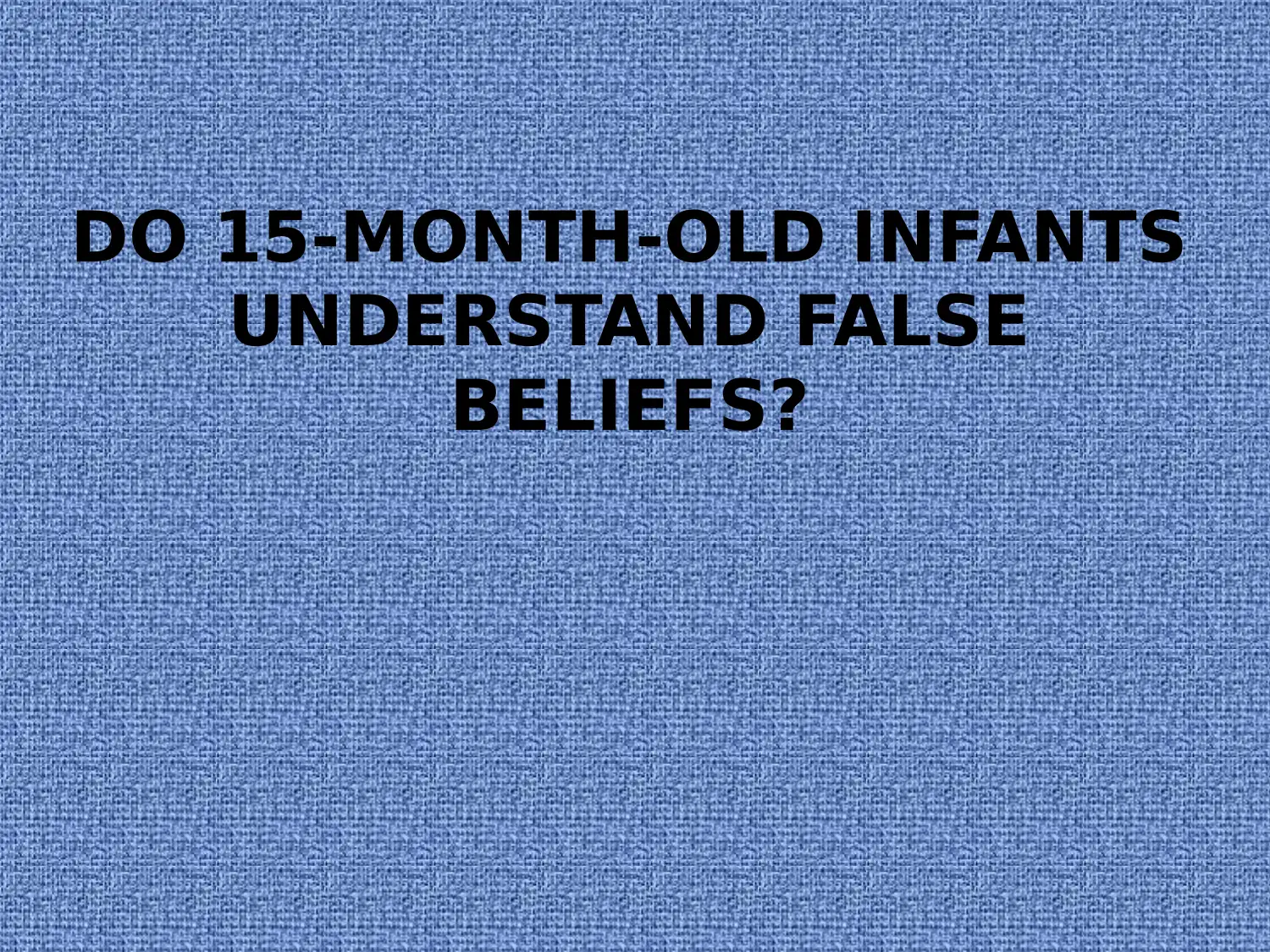
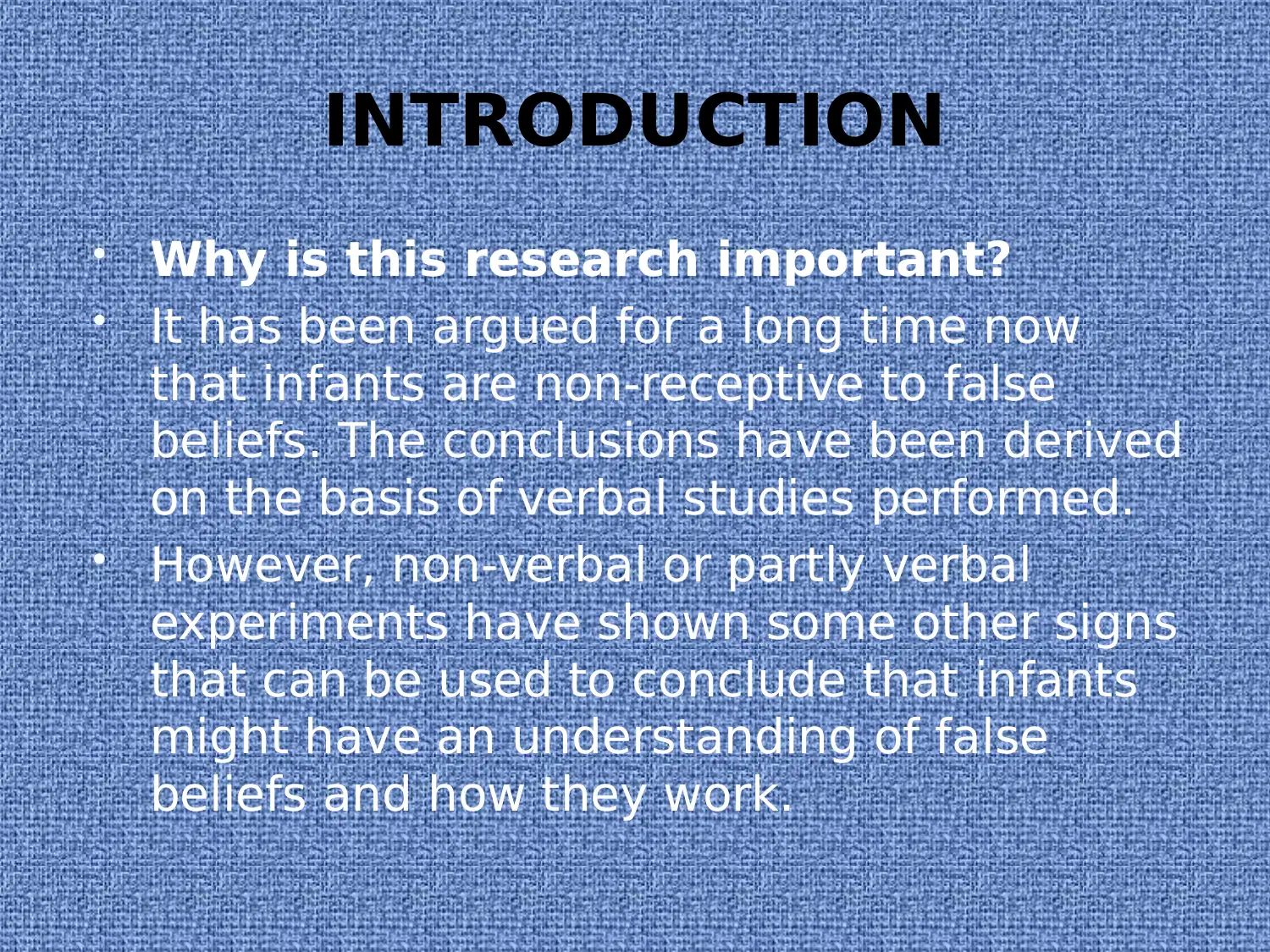
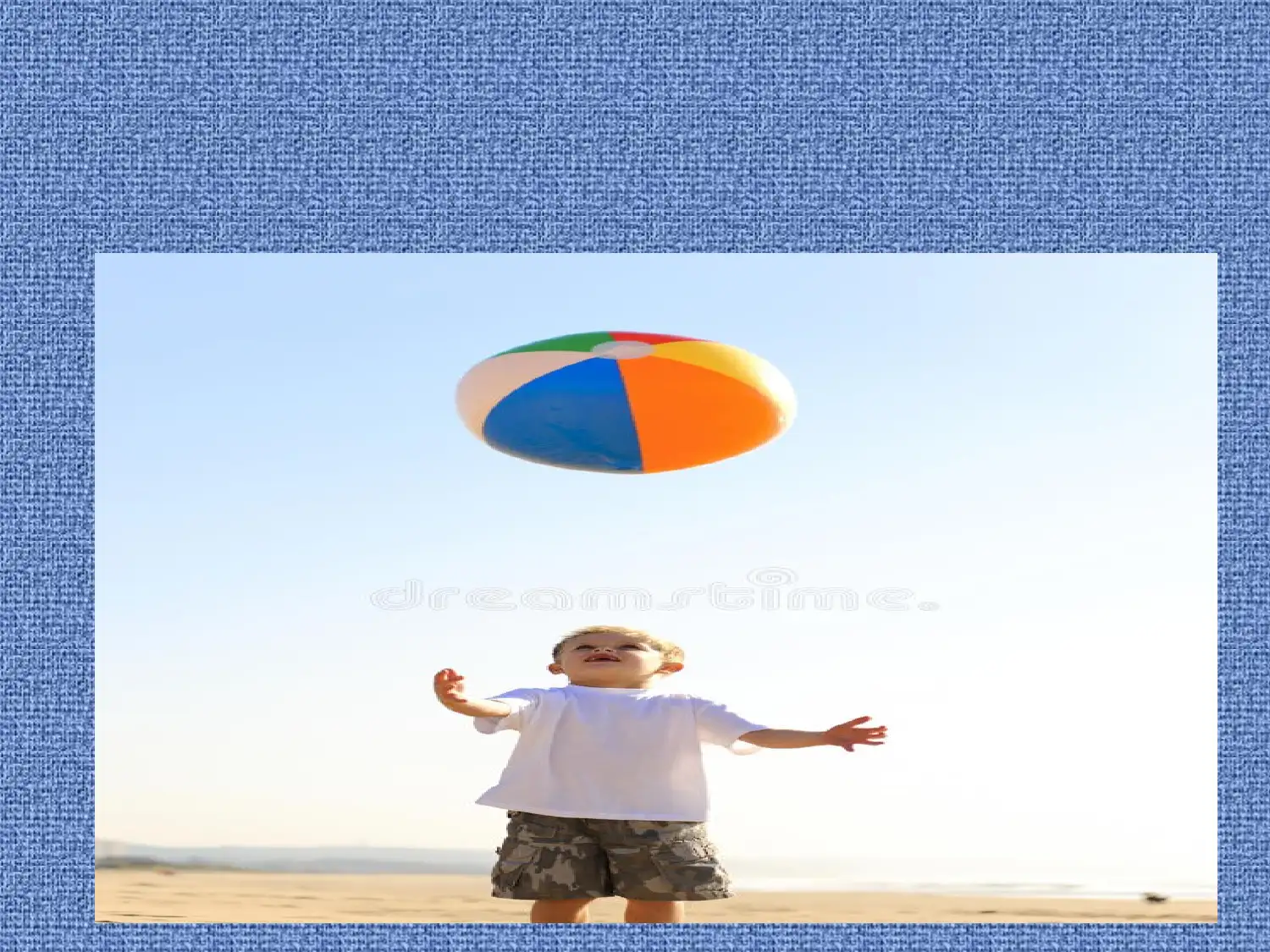

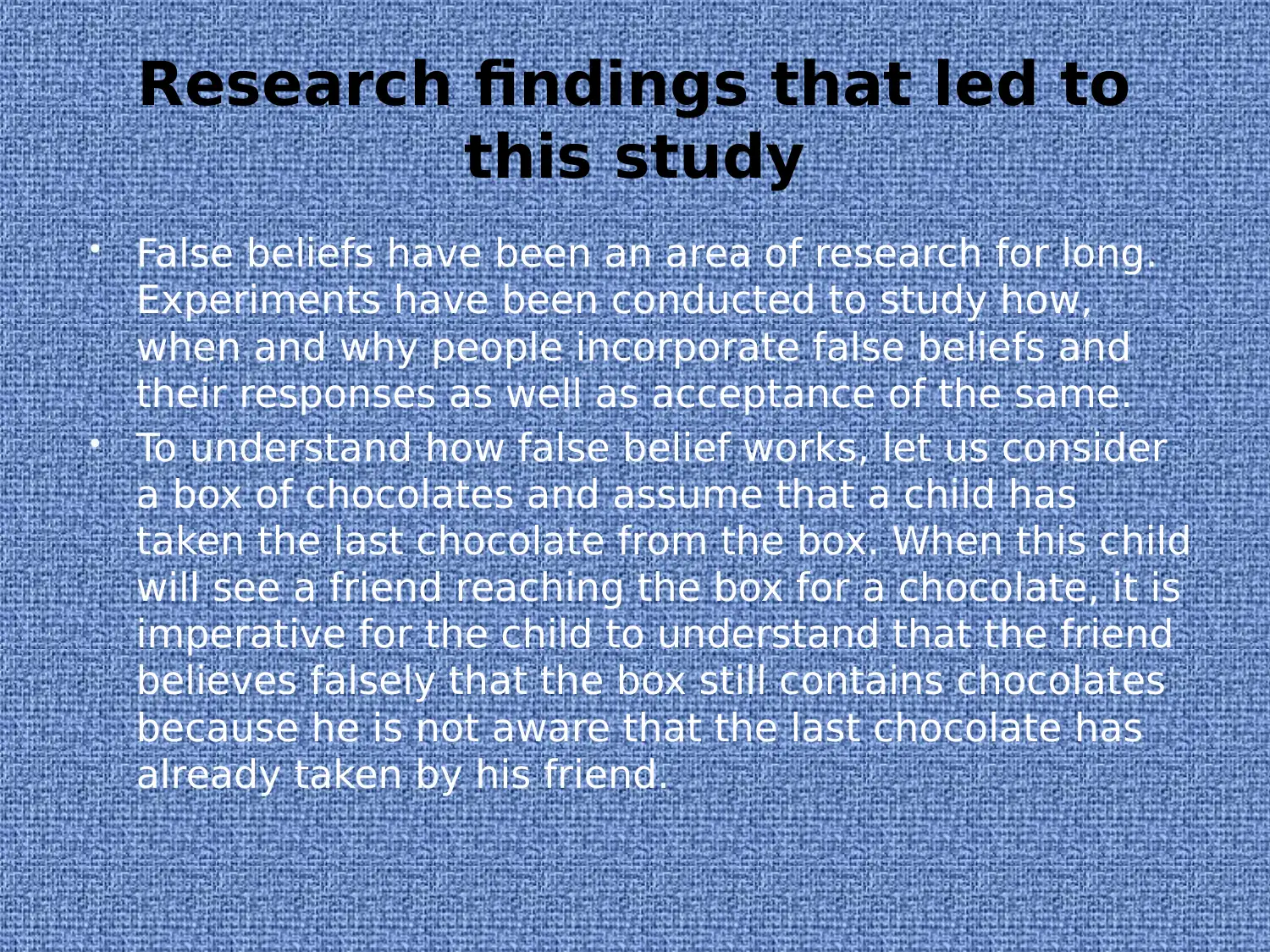
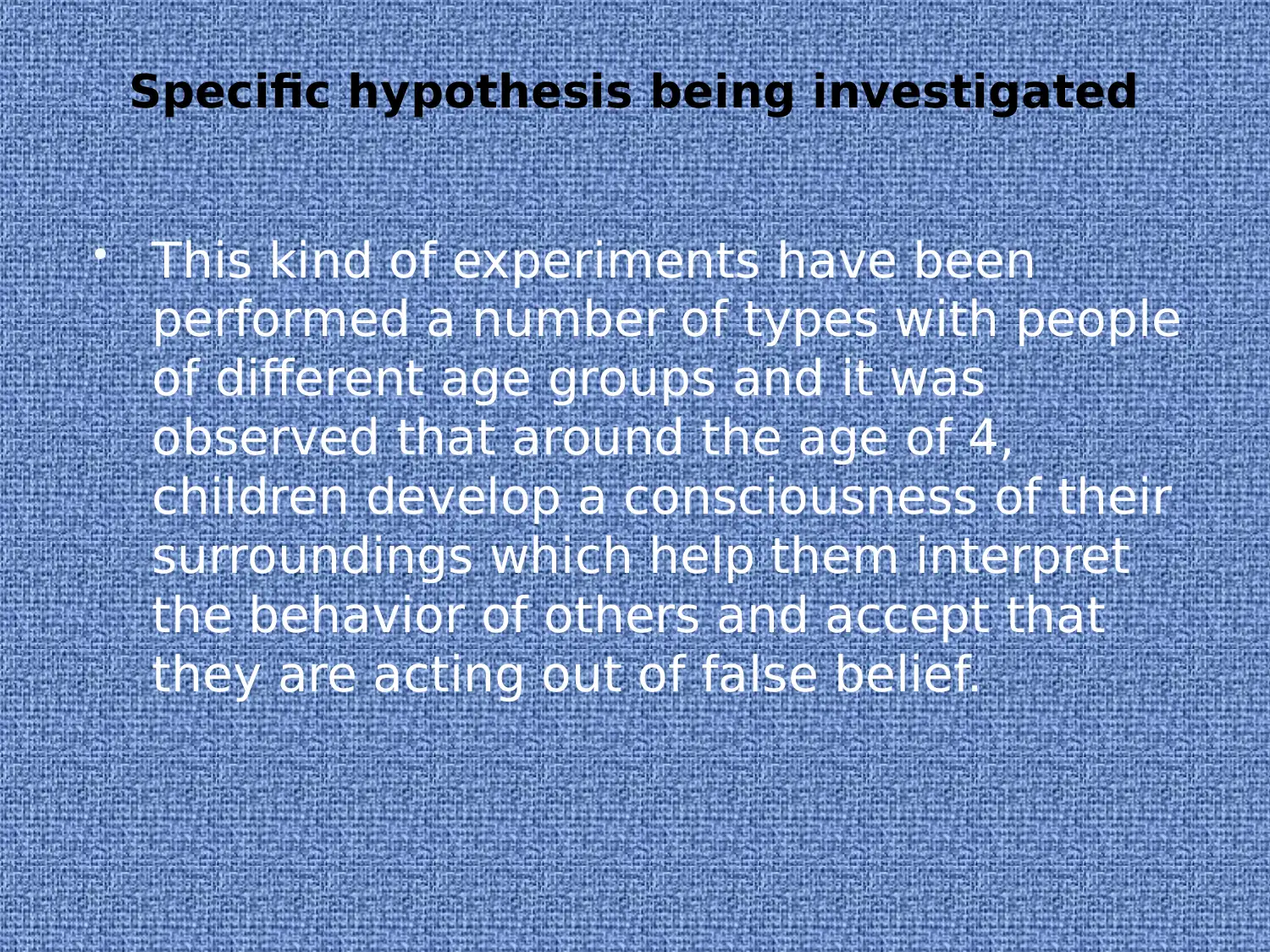
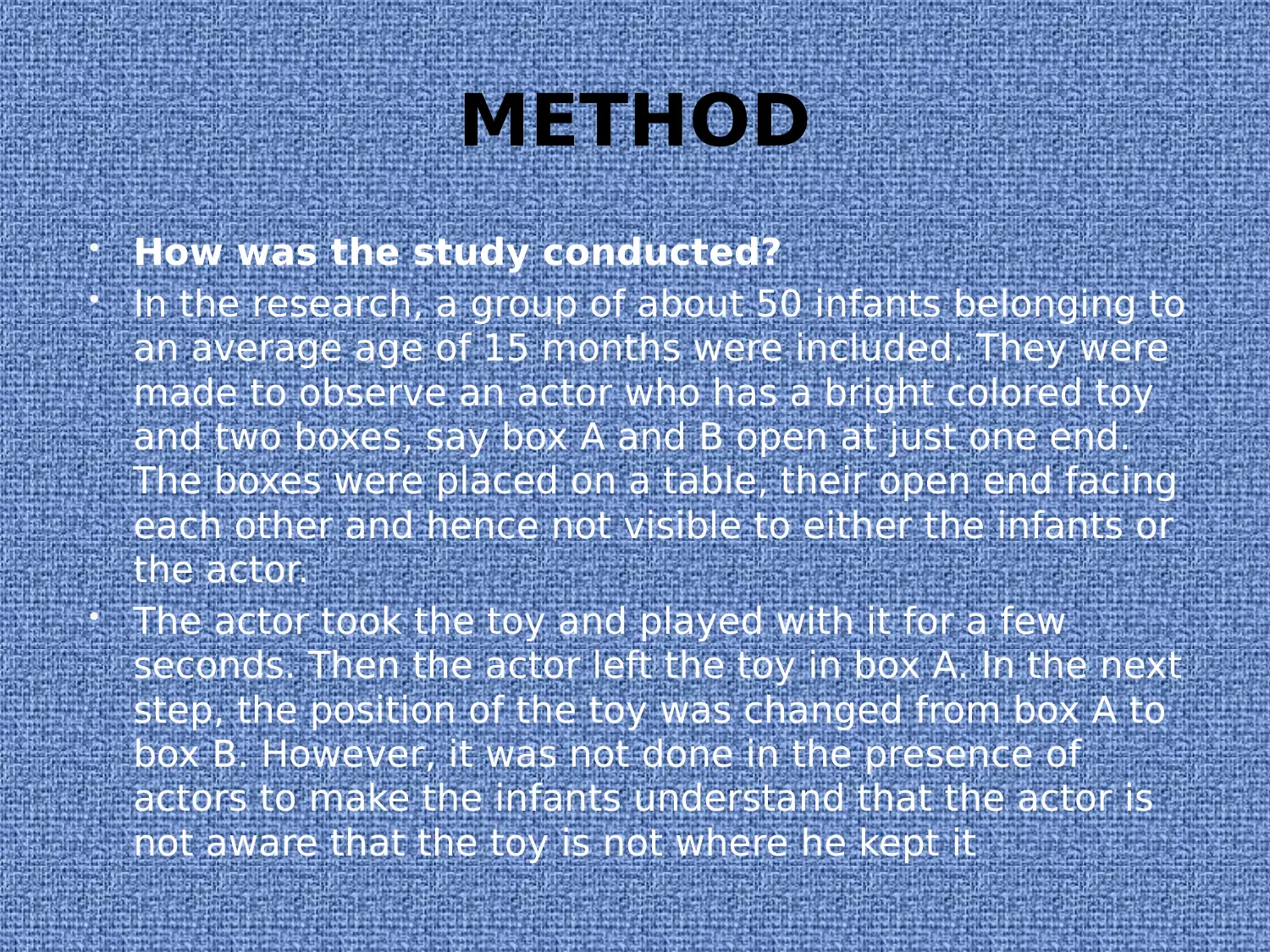
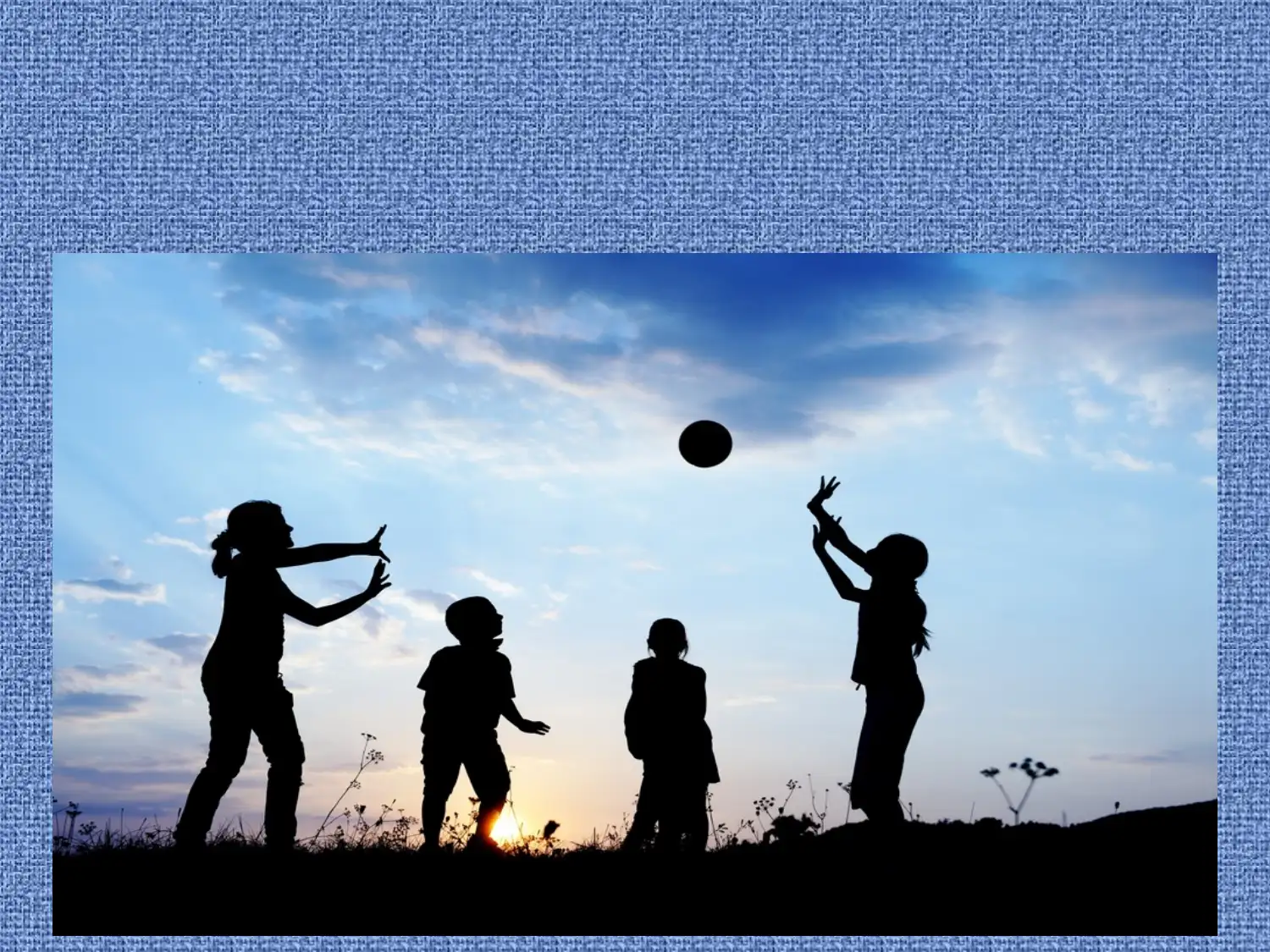
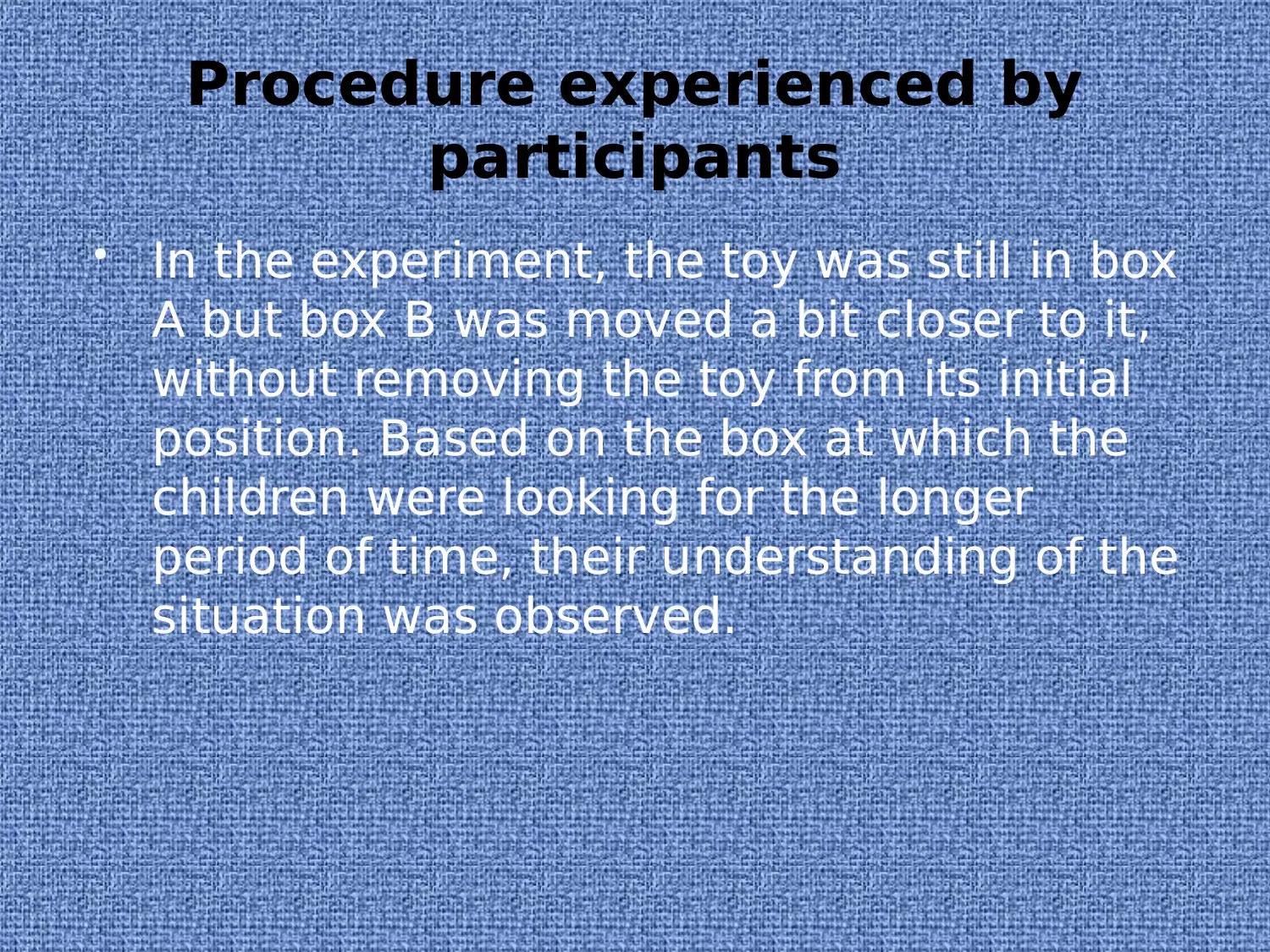
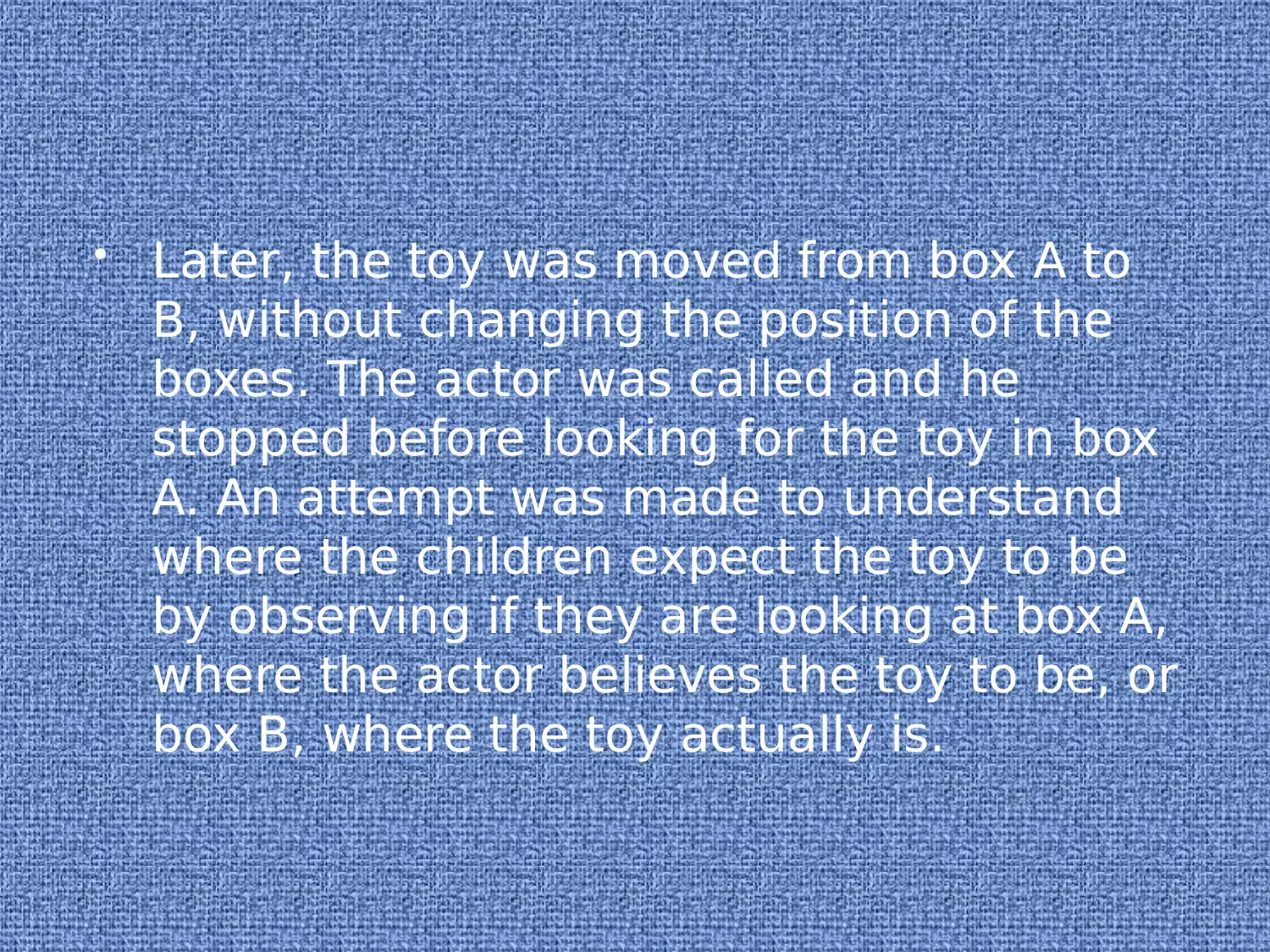
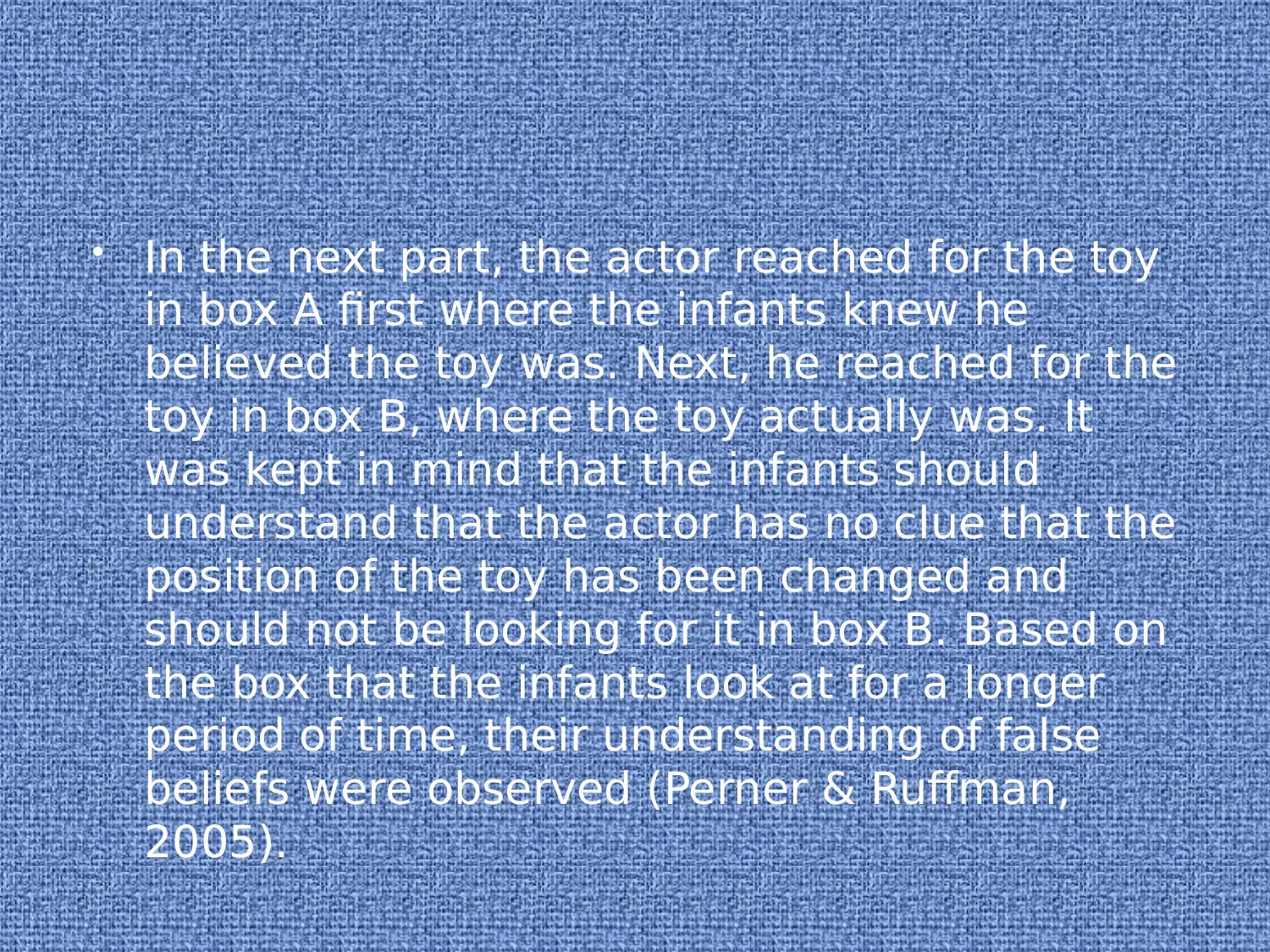
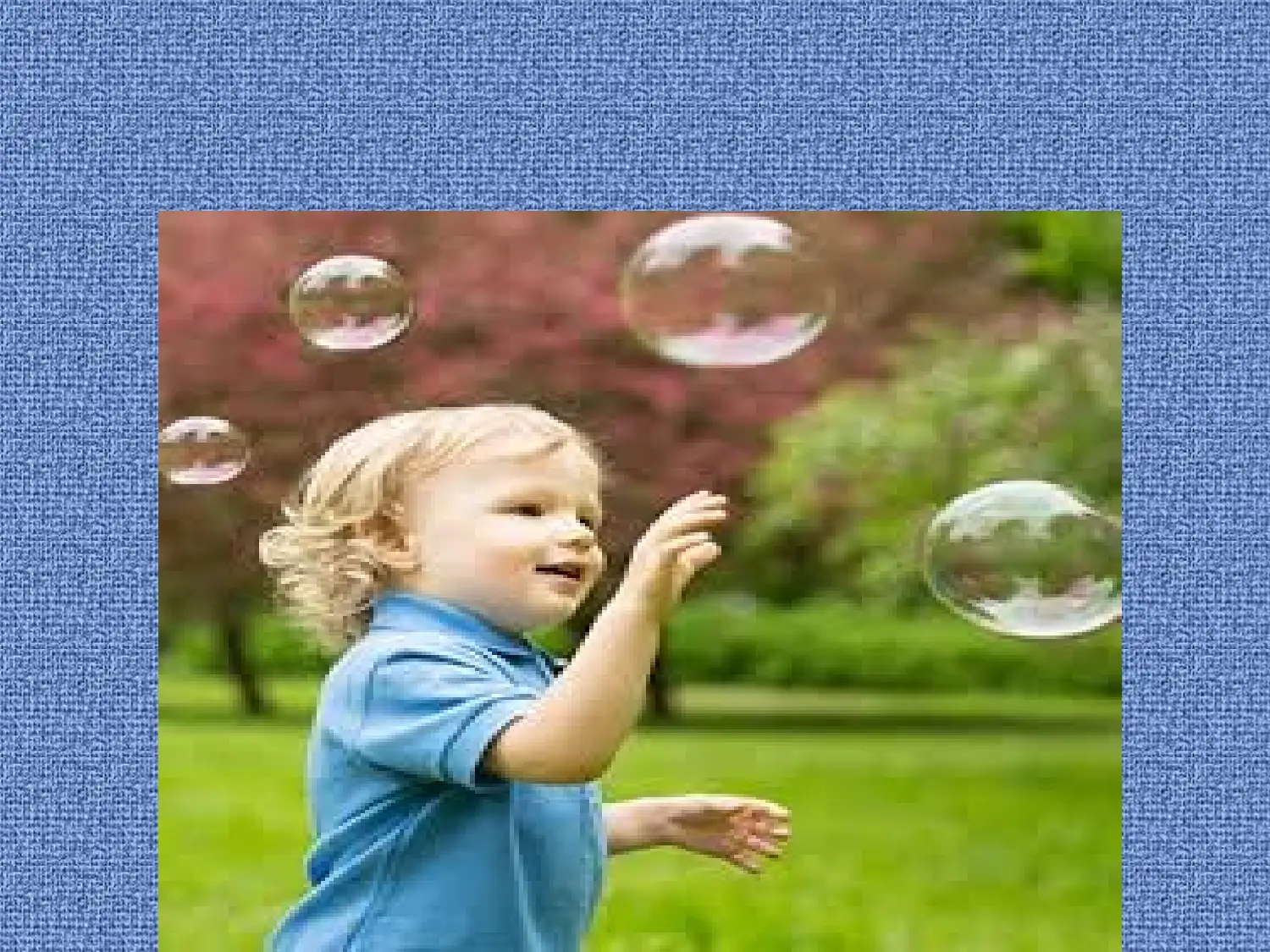
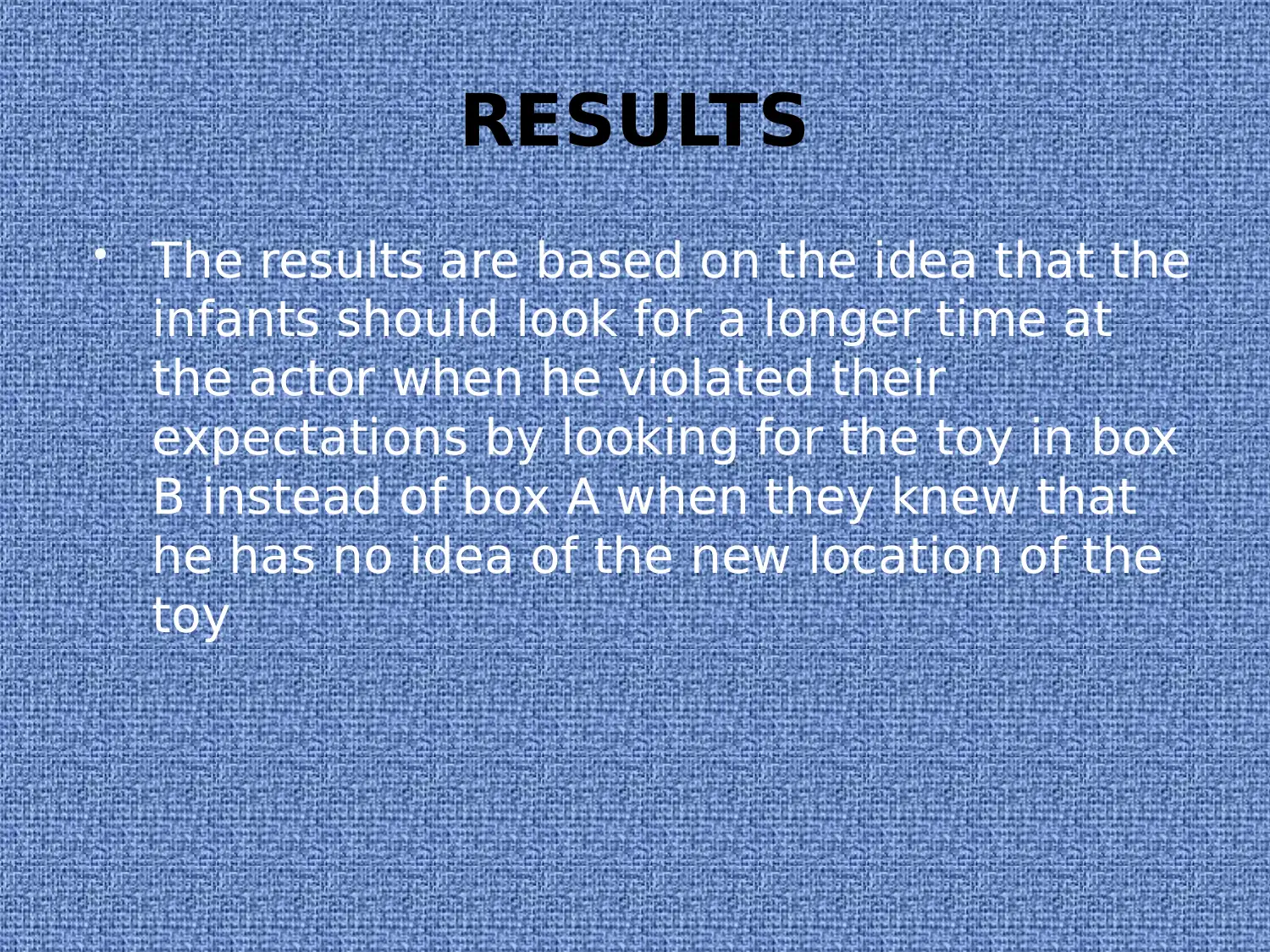






![[object Object]](/_next/static/media/star-bottom.7253800d.svg)